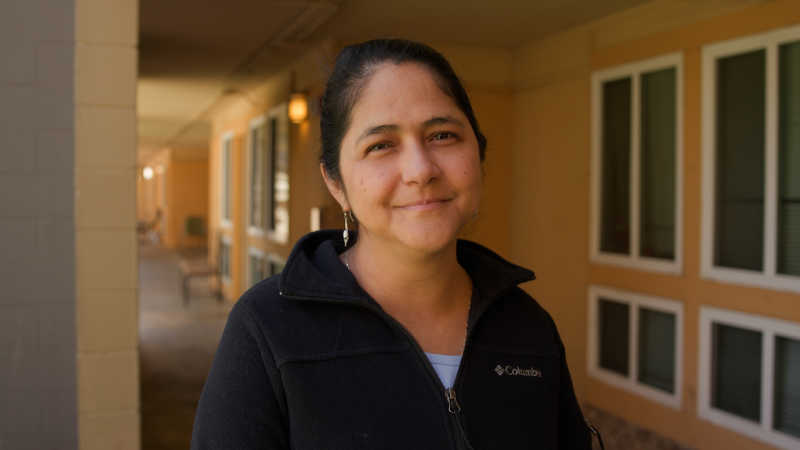
Texans face a bigger burden than ever to pay rent, study finds
This article was originally published by The Texas Tribune. To see the original post, click here.
Texas renters are under more pressure from the state’s high housing costs than ever, according to a Harvard University study released Thursday.
More than half of the state’s 4.2 million renter households spend too much of their income on keeping a roof over their heads and the lights on, a report from Harvard’s Joint Center for Housing Studies shows.
Some 51% of Texas renters — a record 2.1 million households — are now “cost-burdened,” meaning they spend more than 30% of their income on rent and utilities. Of those, nearly 1.1 million are severely cost-burdened, meaning they put at least half of their income toward rent and utilities.
The rise in rents has left tenants with fewer dollars to spend on key household costs — like food, health care and transportation — or set aside for a down payment on a home of their own. The steep increase in housing costs has also fueled eviction filings and homelessness in the state’s major metro areas, housing advocates say.
Rents in Texas skyrocketed as the state’s population boomed during the COVID-19 pandemic. Rent growth has since cooled as housing construction surged and higher mortgage rates tamped down demand for homes. But rents are still considerably higher than they were before the pandemic struck.
“Housing instability and housing insecurity is higher than it's ever been,” said Ben Martin, research director for Texas Housers, a research and advocacy group. “Even as rents have stabilized, they've stabilized at this level that's just completely unsustainable and unmanageable for low-income households.”
Low-income earners have borne the brunt of the rise in rents, especially as the state’s supply of cheap rental housing has dried up. Nearly 90% of the state’s renter households making $29,999 or less were considered cost-burdened, most of them shelling out more than half of their income to stay housed.
It’s been increasingly difficult for low-income households to find housing they can afford in recent years. Near the beginning of the last decade, Texas had about 753,000 housing units with rents below $600. By 2022, that number had shrunk to 452,000, driven in part by rent increases amid the state’s robust growth.
Middle-income households are facing more pressure, too. Of the state’s renter households making between $30,000 and $49,999, nearly three-quarters were considered cost-burdened. Almost 40% of renter households earning between $45,000 and $74,999 also were considered to be spending too much on rent.
Rent pressures also fall disproportionately on Black and Hispanic households, who are more likely than their white and Asian counterparts to be overly burdened by rent.
What’s more, renters no longer have the safety net weaved during the pandemic to shield them from the increasingly hostile housing market. Federal rent relief funds have all but dried up and pauses on evictions intended to keep tenants housed have expired. In addition, a boom in apartment construction in recent years has helped keep rent prices in check, but apartment builders have pulled back in recent months amid high interest rates.
“We're going to see an increase in people paying incredible amounts of their income towards rent, doubling up and losing stable housing, facing eviction and for some facing homelessness,” Martin said.
Community journalism doesn’t happen without community support.
Got story ideas, advice on how we can improve our reporting or just want to know more about what we do? Reach out to us at news@klru.org.
And if you value this type of reporting, then please consider making a donation to Austin PBS. Your gift makes the quality journalism done by the Decibel team possible. Thank you for your contribution.
More in Business:
See all Business posts





Contact Us
Email us at news@klru.org